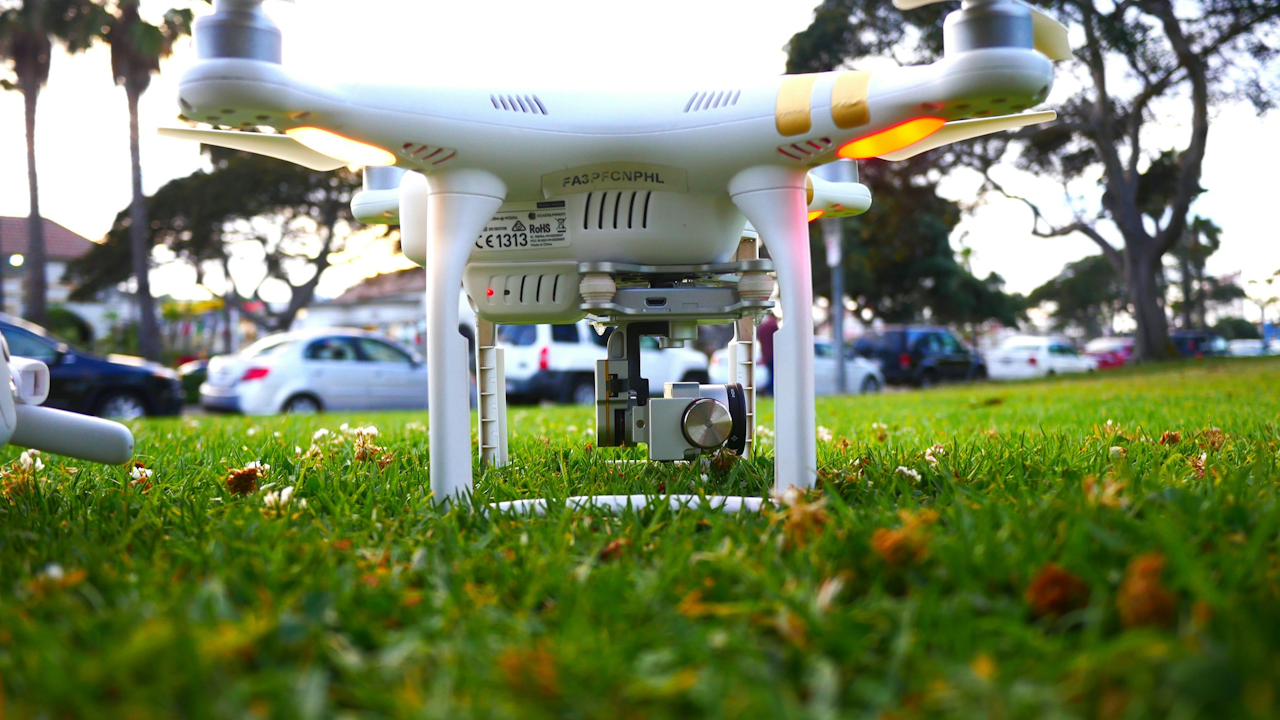Drone technology has transformed many industries, and the insurance sector is no exception. Once seen as novelty tools or military devices, drones are now indispensable in surveying, monitoring, and collecting data. Their ability to quickly and accurately capture aerial footage has revolutionized the way insurers assess damages, process claims, and prevent fraud. This technology provides insurers with new levels of efficiency and accuracy, particularly in areas like property, agriculture, automotive, and disaster-related insurance claims.
One of the most significant advantages of using drones in insurance claims is the speed at which data can be collected. Traditional methods of inspection often require adjusters to physically visit the site, which can be time-consuming and sometimes hazardous. Drones, equipped with high-resolution cameras and sensors, can survey large or difficult-to-reach areas within minutes. For example, after a hurricane or flood, access to certain neighborhoods may be limited due to infrastructure damage. A drone can fly over the affected area, capturing detailed imagery that would take hours or days to collect on foot. This not only accelerates the claims process but also ensures that insurers can begin payouts or repairs more quickly, benefiting both the insurer and the policyholder.
Another benefit is the improved accuracy and consistency of assessments. Human inspections can be subjective, vary in quality, and are influenced by the experience and condition of the adjuster. Drone footage, on the other hand, provides clear, repeatable visual evidence. This data can be reviewed multiple times, shared with experts, or used in machine-learning models to automate damage detection. For example, in a roof damage claim, drones can provide overhead shots that clearly show broken shingles, punctures, or water pooling, which may not be visible from the ground. With the aid of thermal imaging and other advanced sensors, drones can even detect issues beneath the surface, such as insulation damage or water infiltration.
Fraud detection and prevention is another key area where drone footage is proving invaluable. Insurance fraud costs billions of dollars annually, and visual evidence from drones helps verify the authenticity of claims. By comparing pre-loss and post-loss imagery, insurers can determine whether damage existed before an event occurred. This makes it more difficult for policyholders to exaggerate or falsify claims. In cases of staged accidents or deliberately damaged property, drone footage can serve as a neutral, unbiased record that either supports or disproves a claimant’s version of events.
Drones also enhance transparency in the claims process. Policyholders often feel frustrated or skeptical when dealing with insurance companies, especially after traumatic events like fires, floods, or car accidents. When drone footage is shared with claimants, it provides a clear, visual representation of the damage. This transparency builds trust and helps policyholders understand how decisions are made. In addition, insurers can use the footage to communicate findings more clearly to customers, reducing disputes and improving satisfaction.
In large-scale disasters such as wildfires, hurricanes, or earthquakes, drones are particularly useful for handling a high volume of claims. They can cover vast areas much faster than teams of adjusters, allowing insurers to triage the most severe cases first. This is crucial in emergencies where timely response can affect the recovery of communities. For instance, after a major wildfire, drone imagery can help insurers identify total losses versus partial damage, prioritizing support where it is most urgently needed. Drones also reduce the burden on emergency personnel by taking over the dangerous task of site assessment in unstable environments.
The use of drone footage is not limited to post-loss assessments. It is increasingly being used in risk evaluation and underwriting. Before a policy is issued, drones can survey a property to assess its condition, surroundings, and potential risk factors. This data helps insurers price policies more accurately and identify areas where preventative measures could reduce risk. For example, in agricultural insurance, drones can monitor crop health, detect signs of disease, and assess irrigation patterns. This allows for more precise underwriting and, in the event of a claim, provides a baseline for comparison.
However, the use of drones in insurance claims is not without challenges. Regulatory issues, particularly concerning airspace and privacy, vary by region and can affect how and where drones are deployed. Insurers must ensure compliance with aviation laws and obtain necessary permissions before using drones. Additionally, there are ethical concerns about surveillance and data storage. Companies must handle footage responsibly, ensuring it is used only for legitimate purposes and stored securely.
Another challenge is the need for skilled operators and proper training. While automated flight paths and user-friendly software have made drones more accessible, effective use still requires a degree of expertise. Insurers must invest in training or partner with third-party providers to ensure consistent quality in data collection and analysis.
Despite these hurdles, the role of drone footage in insurance claims continues to grow. As technology advances, drones are becoming more affordable, smarter, and capable of capturing increasingly detailed data. Artificial intelligence and machine learning are enhancing the ability to analyze footage and identify damage automatically, further streamlining the claims process.
In conclusion, drone footage plays an increasingly critical role in modern insurance practices. It offers faster, safer, and more accurate assessments, helps prevent fraud, improves customer satisfaction, and supports disaster response. While challenges remain in regulation and implementation, the benefits far outweigh the limitations. As the technology continues to evolve, drones are set to become a standard tool in the insurance industry, reshaping how claims are handled from start to finish.

